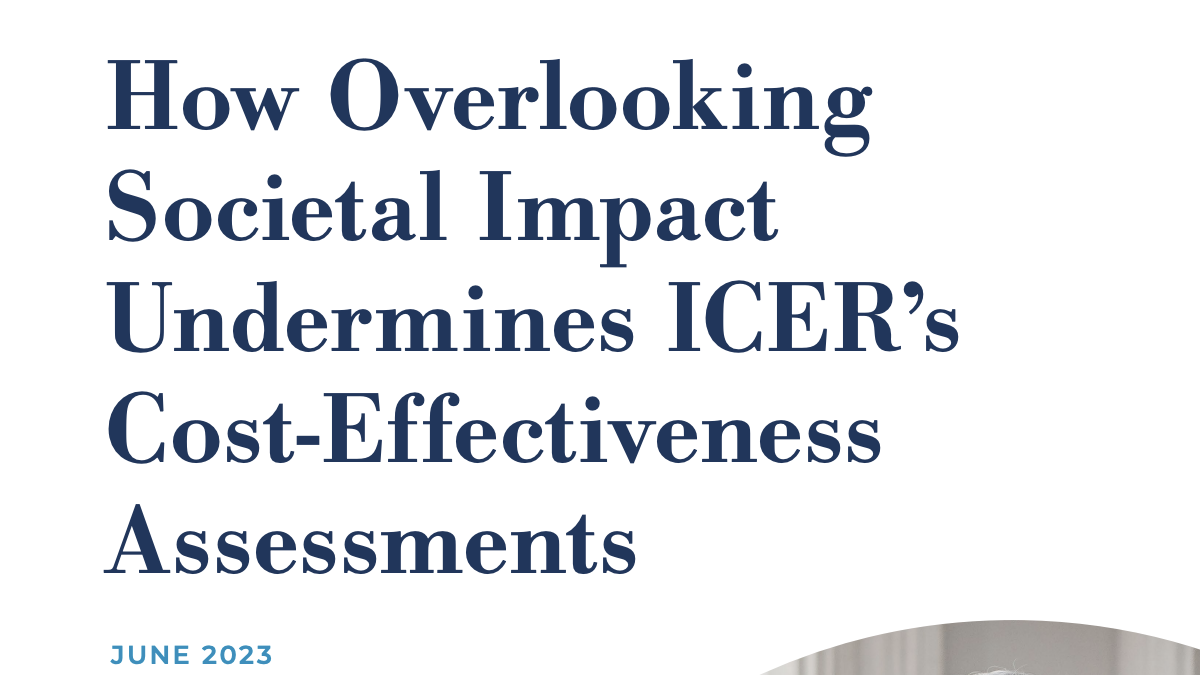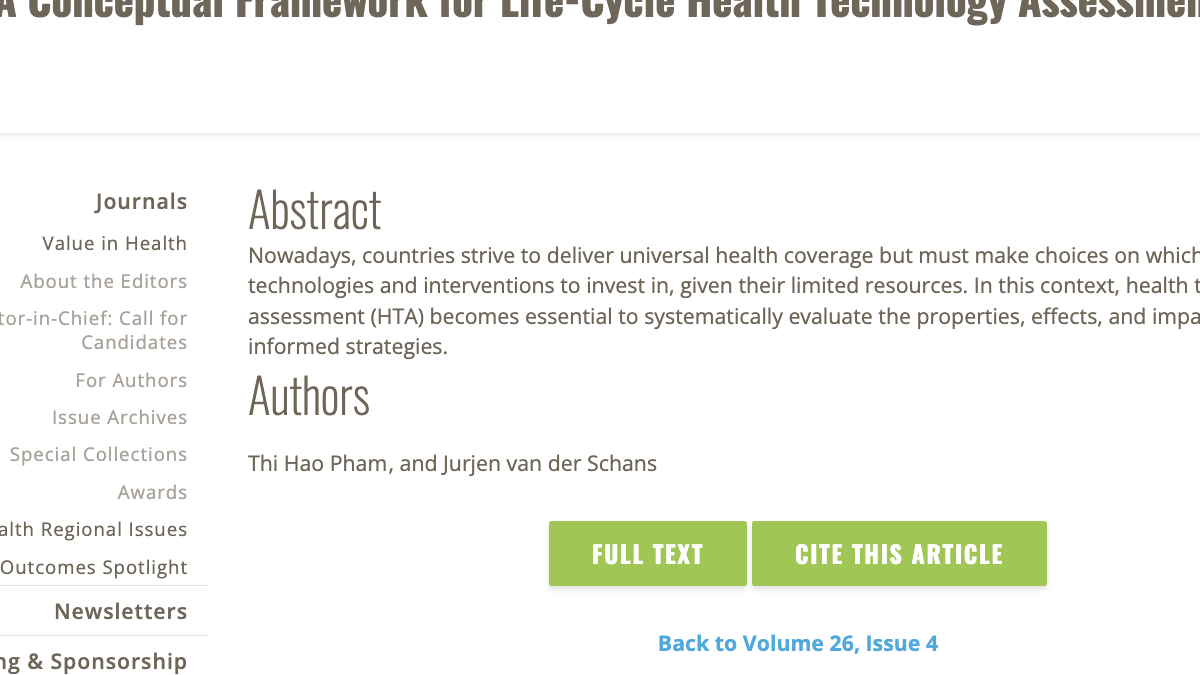The threat of the coronavirus was bad enough.
Sheltered in place, committed to social distancing, people with cystic fibrosis are fully aware that contracting COVID-19 could be a death sentence. Their rare and progressive respiratory disease makes it difficult to breathe, and it predisposes them to severe complications if they contract the novel coronavirus.
Then they got more discouraging news. The Institute for Clinical and Economic Review, the controversial Boston-based health economics organization, announced that new triple-combination therapy for cystic fibrosis wasn’t worth its price.
For people with cystic fibrosis, triple-combination therapy isn’t just another drug. It’s a breakthrough therapy that treats not only the symptoms of cystic fibrosis but also its underlying cause. With the introduction of triple-combination therapy, the percentage of cystic fibrosis patients considered treatable rose to an unprecedented 90%. It’s a critical treatment option for patients and their families.
But the Institute for Clinical and Economic Review doesn’t see it that way. Its health economists claim that, according to their analysis, the drug’s value doesn’t justify its price. By providing health plans with justification to limit coverage for the medication, ICER’s report all but ensures access barriers for people with cystic fibrosis.
Yet ICER’s determination rests on a number of methodological flaws.
For example, ICER doesn’t fully acknowledge cystic fibrosis as a rare disease. Instead of evaluating cost-effectiveness using ICER’s threshold for ultra-rare diseases, the health economists used the threshold designed for drugs that treat diabetes, asthma or other widespread diseases.
The mathematics are different for rare diseases, and ICER economists know it. The patient population that can benefit from the drug is, relatively speaking, small, but the cost of developing the therapy is nevertheless high. In a strange cherry picking exercise, ICER used the ultra-rare threshold for other cystic fibrosis drugs evaluated in the report. But for triple-combination therapy, ICER moved the goal post, requiring a tougher and less realistic cost-effectiveness standard.
Then there’s the shortage of data to inform ICER’s analysis. ICER acknowledges in its report that triple-combination therapy improves patient outcomes and has few side effects. But it gives the treatment mixed evidence ratings. Why? Because only limited data is available. ICER ignores the obvious explanation; data is sparse because cystic fibrosis is a rare condition, and because triple-combination therapy has been FDA approved for only six months.
In short, ICER penalizes the drug, and the patients who need it, because it is a new therapy that treats an uncommon disease.
Finally, ICER fails to incorporate the quality-of-life benefits that often defy number crunching. Yet these are exactly the benefits that matter to cystic fibrosis patients, who generally rate their quality of life as low. This patient population, young and hopeful, highly value even small improvements in the heavy daily burdens imposed by their disease.
The disconnect underscores the gulf between ICER and the people whose lives are actually impacted by its reports.
Cystic fibrosis patients can’t leave their homes right now. They can’t run errands, mingle with friends, stop and talk with neighbors. And now, due to ICER, they soon may not be able to get the medication that helps them draw a full breath without insurance hurdles, delays or unmanageable out-of-pocket expenses.




